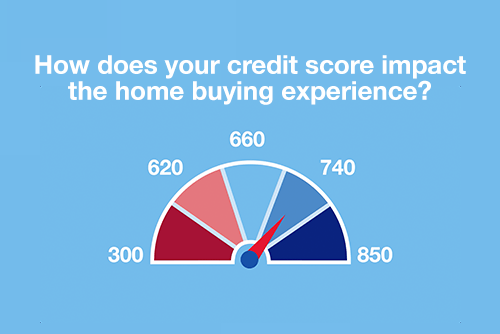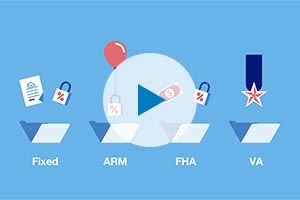Reviewing your credit report is an important part of staying on top of your financial situation. These reports are designed to serve as a resource for lenders, so they can assess whether you’re eligible for credit or a loan approval. Your credit score and the data in your report also affect the interest rate you’re offered. Because employers, insurers and rental property owners all review credit reports, it’s a good idea to make sure your information is accurate and up to date on a regular basis. Let’s take a look at some key concepts and terms to understand when looking at your credit report.
What does a credit report include?
You can request a copy of your complete credit report through one of three major credit bureaus. Within the report, you’ll find four different sections with data about your personal background, account history and more.
Personal information
This is typically the first section of the report, and where you’ll find basic information about yourself including your name, birth date, past and current addresses, past and current employers, and your social security number.
Accounts
The section of the report lists any lines of credit you’ve opened in recent years. You’ll find detailed information about every credit card, bank or alternate creditor account that’s been opened under your name. This includes open and close dates, credit limits and payment history.
Inquiries
Any time your credit report is requested by someone other than you – such as insurers, lenders and credit card companies – it’s documented here. This section provides a complete list of any parties that have seen your report in the last two years. Because some inquiries indicate that you were considering taking on a new type of debt, they can lower your credit score slightly.
For example, if you plan to buy a home and seek a mortgage loan, a mortgage lender would request information on your credit standing. This would then be listed in the inquiries portion of your report. However, if you meet with multiple lenders within a 45-day period, these credit requests will be listed as a single inquiry, with minimal impact on your credit score. Before applying for a mortgage loan, be sure to obtain a copy of your own record to verify that everything is correct. It’s best to avoid applying for a new credit card or taking out a new loan once you begin or plan to seek a mortgage as well.
Public records
This section of the credit report displays any negative financial information or bankruptcies under your name. This information is accessed through the court system, and poorly affects your score. It may stay on the report for up to 10 years.
Important terms to understand
Within these four primary categories, you may see some of the following terms.
- Credit score: Your credit score is a number between 300 and 850, determined by the information in your credit report. This figure represents the level of risk involved with credit and influences how creditors decide whether to provide you with credit, the terms of the agreement and the interest rate. Your payment history, outstanding balances and types of credit accounts can all affect your score. While your credit report will help you understand your score, you can also download the U.S. Bank Mobile App or use online banking to regularly monitor your score for free.
- Trade lines: This term describes the activity on any of your accounts included in a credit report, within the accounts portion. Comprehensive information about each of your credit accounts, such as the creditor, lender, balances, payment history and limits is listed here. Every time you open a new account, a new trade line will appear tracking your activity.
- Status: The accounts section of your report will also show the “status” of each account. This field determines whether your account is open or closed and shows your most recent payment activity or what the account looked like when it closed.
- Bankruptcies: Bankruptcy is a legal proceeding that means a person is unable to pay back money they owe. As a result, their debt may be discarded and assets are released to creditors. If this applies to your profile, it will be listed under public records for seven to 10 years.
- Credit inquiries: There are two types of credit inquires: hard inquiries and soft inquiries. Hard inquiries, also called “hard pulls”, take place any time you apply for a new credit card or loan and a creditor reviews your report to assess risk. Soft inquiries, or “soft pulls”, refer to when you or another party review your credit information for another reason, and do not always show up on your credit report.
- Fair Credit Reporting Act (FCRA): This federal legislation was created in 1970 to help oversee that accuracy, fairness and privacy are reflected the data found in credit reports. Its primary purpose is to make sure credit reporting agencies uphold these standards.
Being aware of these credit report categories and having familiarity with the terms and definitions used will help you fully understand your file. You’ll be able to assess what the information means and whether there are certain areas where you can improve. By learning from your previous choices and working to build a solid credit score, you’ll enjoy more financial freedom and empowerment.









































































































